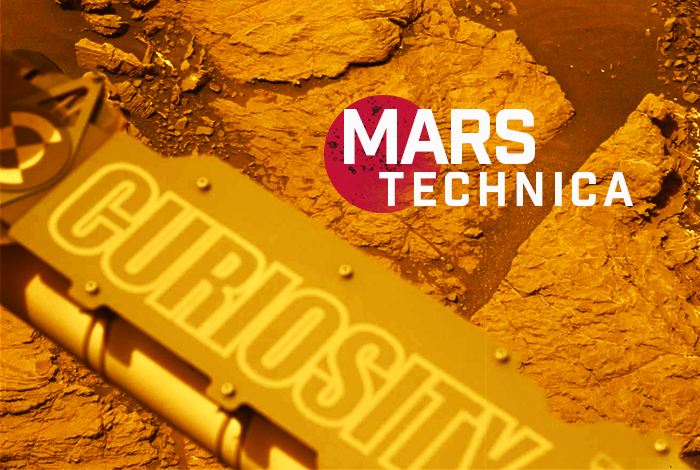“I’ve been fascinated by Mars ever since I was a little kid,” said Lisa Danielson, ChemCam operations manager at Los Alamos National Laboratory. “I studied physics and astronomy, but I got my advanced degrees in geology because I realized that, to study other planets, I needed to understand rocks. I went to work for NASA and now I’m here, helping to direct the instrument that shoots lasers on Mars, which is a pretty cool job to have.”
In this episode, Danielson is joined by Nina Lanza, another planetary scientist who is also on the ChemCam team.
This is the seventh and final episode of Mars Technica, a new seven-series podcast produced by Los Alamos National Laboratory, which delves into the Lab’s role on the Mars Perseverance mission. You can stream episodes via the Mars Technica website at https://mars-technica.simplecast.com/. You can also find and subscribe to Mars Technica on Apple Podcasts, Spotify, Stitcher and Google Podcasts.
About Los Alamos National Laboratory
Los Alamos National Laboratory, a multidisciplinary research institution engaged in strategic science on behalf of national security, is managed by Triad, a public service oriented, national security science organization equally owned by its three founding members: Battelle Memorial Institute (Battelle), the Texas A&M University System (TAMUS), and the Regents of the University of California (UC) for the Department of Energy’s National Nuclear Security Administration.
Los Alamos enhances national security by ensuring the safety and reliability of the U.S. nuclear stockpile, developing technologies to reduce threats from weapons of mass destruction, and solving problems related to energy, environment, infrastructure, health, and global security concerns.
LA-UR-20-27189



